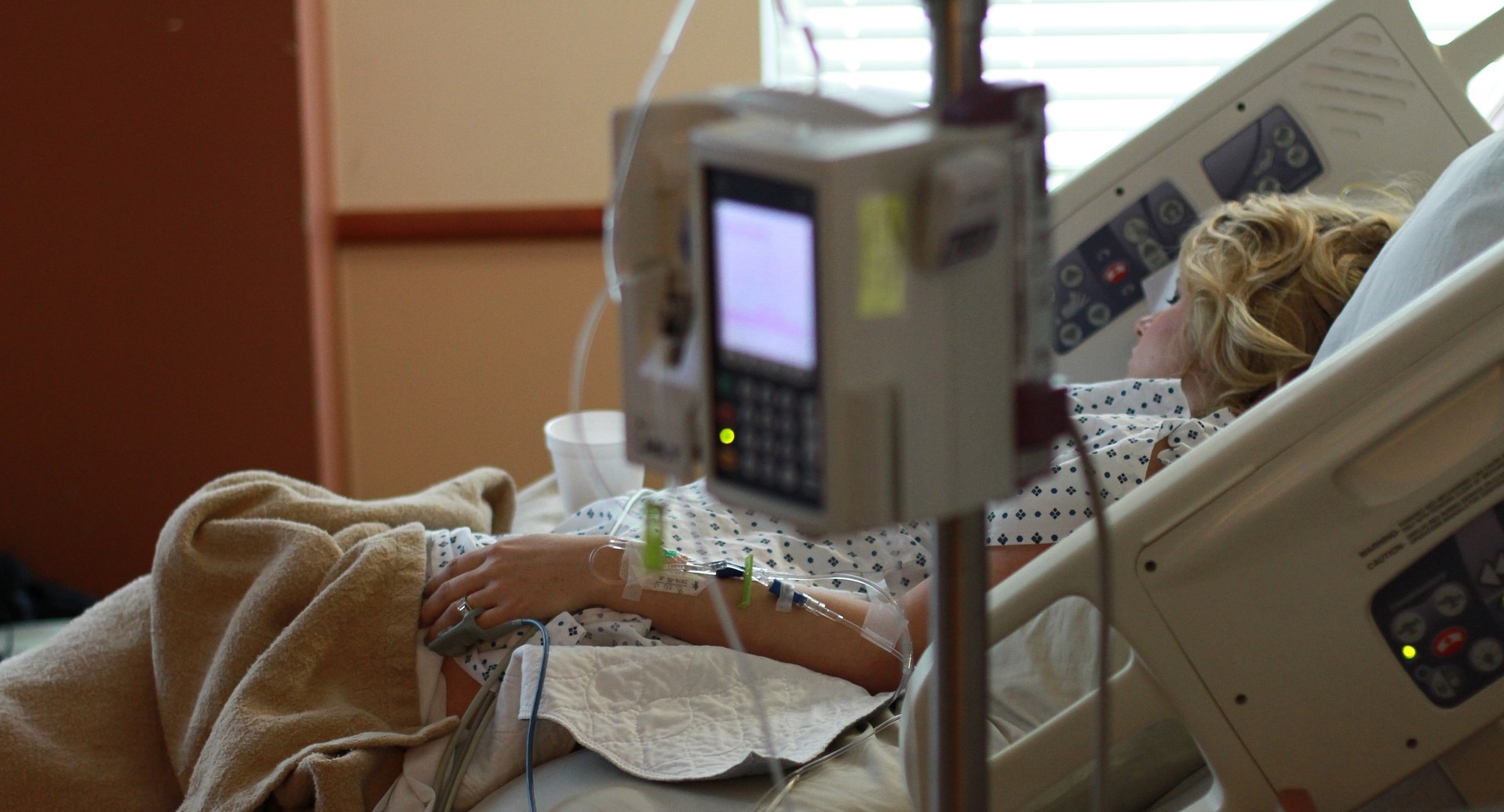They can’t speak for themselves. Often, medical insurance won’t cover their costs. They’ve lost jobs, and they’ve leaned heavily on friends and family members to get through. They’re invisible, often depressed, and their numbers are growing.
Assistant Professor Vinciya Pandian, PhD, MSN, RN, FAAN, sees the challenges and frustrations that tracheostomy patients face from the moment they are intubated so that they can simply breathe again to those moments at home as they try to stay well enough to remain there. As a director of practice, education, and research for the Johns Hopkins Airway Program that includes the Tracheostomy and the Difficult Airway Response programs, Pandian, a nurse practitioner in the intensive care unit since 2000, has traveled several times to Washington, DC to make the case for more and better care. She started a Facebook support group for (so far) about 500 patients and their stressed caregivers, acting as a mediator or occasionally stepping in to guide a patient toward Johns Hopkins.
[Dr. Vinciya Pandian is speaking tomorrow (March 15, 2018) at the CUGH 2018 Global Surgery Panel about how organizational issues in nursing result in nursing shortages and unsterile practices.]
She has even helped bring worldwide attention though participation in the Global Tracheostomy Collective, a multidisciplinary team of physicians, nurses, respiratory therapists, speech therapists, and patients. She led a 2016 tracheostomy symposium at Johns Hopkins Hospital. And yet she knows there is much work still to do.
As a start, through an interview plus a presentation on the topic of tracheostomy and social determinants of health, she shares several things nurses need to know:
- In the United States, Medicaid data indicate that at any one time, up to 50,000 individuals will be receiving home ventilation.
- “The numbers of individuals receiving mechanical ventilation at home is increasing. Since the first iron lung was developed, the sophistication of mechanical ventilation has changed drastically and few would have thought that it could take place beyond the confines of the intensive care unit or the hospital.”
- Tracheostomy is often a surprise outcome. “What happens is that there is a small group where patients go in anticipating they may get a tracheostomy because they maybe have some kind of neck cancer. There’s this other group of people who’ve had neuromuscular problem like ALS or multiple sclerosis—for them there’s no other option but to be on the mechanical ventilator. Then there’s this larger group who are critically ill, they go to the hospital because they’re sick … they might have gone for heart bypass surgery, or a liver transplant, they have complications and they’re on the mechanical ventilator for long periods of time.”
- Such patients are often out of the loop on tracheostomy care. “Once they transition to home, the challenge we’ve found is that there’s really no specialty care where they can go for follow-up. Remember, these patients were there to see a cardiologist, or a gastrointestinal doctor for the liver problem, or a neuro doctor. They were never set up with an airway doctor. They don’t know what to do.”
- Confusion on follow-up care as well as equipment or infection concerns often lead these patients to emergency rooms.
- Required home ventilation profoundly impacts not just an individual but family and caregivers.
- “Nurses need to be critically aware that once individuals leave the hospital and are absorbed into the complex home care environment, commonly they become invisible to health care policy makers and the advocacy and focus of the academic health care center environment. It is up to us as nurses to make sure the needs of these individuals and families are held front and center, that their needs become the focus for research, and we provide evidence-based interventions to ensure the quality and safety and acceptability of care in community settings.”

